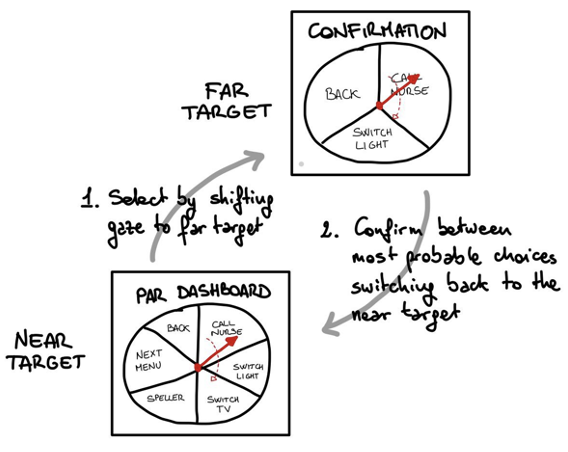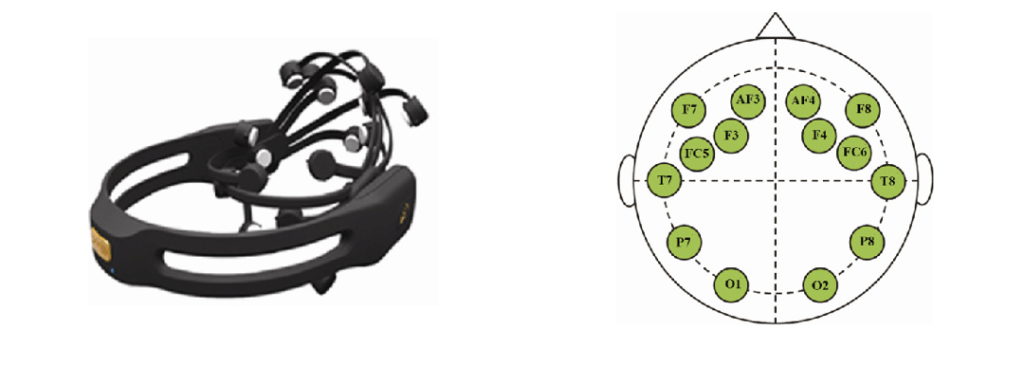BciPar4Sla was follow-up of past project on BCI and aimed to develop an innovative form of human-machine interaction based on two possible communication channels: brain waves voluntarily modulated by the patient (EEG) and pupillary accomodative response (PAR).
The goal was to develop a low-cost adaptive EEG-based BCI, easy to use at the beginning thanks to PAR support, capable of continuously improving both the BCI classification model and user’s ability in controlling SMR and providing a safer transition to CLIS conditions, usually an obligated passage for this kind of patients.
The pupillary accommodative response (PAR) is a change in pupil size associated with gaze shifts from far to close targets; it is not governed by the somatic nervous system and is thus potentially preserved after the evolution from LIS to CLIS, which often occurs in neurodegenerative diseases, such as amyotrophic lateral sclerosis.
This research was funded by Fondazione CRT in the context of the 2021 funding program, grant number 2021.AI711.U803.
Lead department: Computer Science (UNITO)
Departments involved: Neuroscience and Psychology (UNITO)



